Call this a winter?! :)
July 22nd, 2009It’s over a year now since we decided to move to Robertson, and I must say I’m thoroughly enjoying the place. The people are lovely, the scenery’s beautiful, it’s great having a decent-sized house and yard, and everything is so easy and laid-back. Just as we’d hoped.
One of our concerns, though, was that the winters here are supposed to be pretty cold. “If you make it through the first winter you’ll be all right,” was a common comment from the locals before we moved here.
Well we are now over half-way through our first Robertson winter and so far it’s been like an English spring! There have been a couple of frosty mornings and the odd cold wind, but much of the time I’ve been walking around in a T-shirt and sweater (not even a jacket). Also there have been days and days of blue skies with hardly any rain (which of course is bad as well as good).
Here’s a pic of our back garden on a typical winter mid-afternoon. You can see that the sun has gone behind those tall trees (a bit pesky as it puts our garden into shadow). I was actually lying on the deck in the sunshine at lunch time on this day and I got too hot!
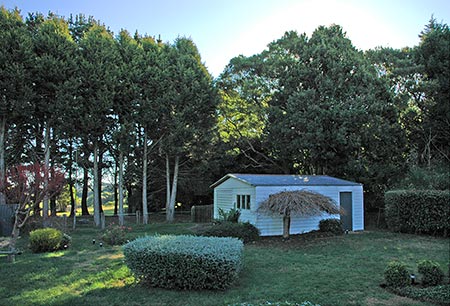
I do wonder, though, if it’s just unseasonably warm here at the moment. (Maybe down to climate change?) There are even daffodils coming out already:

All very strange. Still I’m not complaining, as I love warm weather! 🙂 Another nice thing is that the days, though shorter than summer, are still longer and brighter than in an English winter. So I think we’re going to cope OK with the winters here.
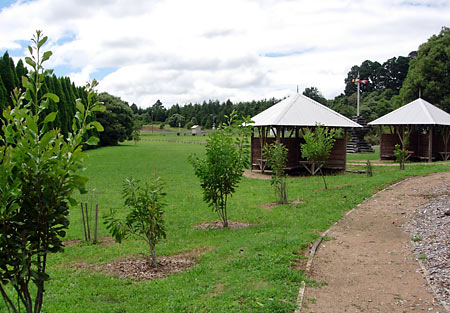
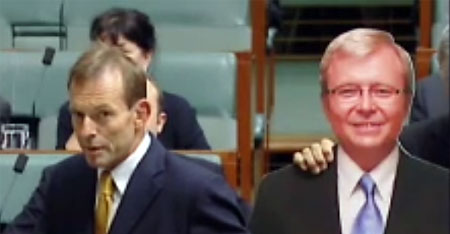
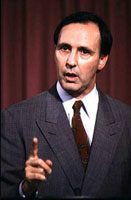 Paul Keating
Paul Keating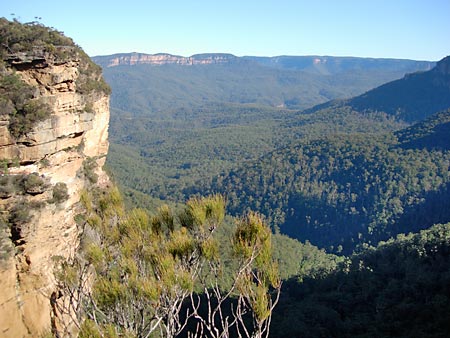
 Now that we have a car, we’re obviously buying a lot of petrol. I have to say, the way they price petrol in Australia is insane. It’s cheap enough – compared to the UK, that is – but you never know what the price is going to be one day to the next. They change the prices every day! At least in the UK if fuel was £1 a litre one day, there was a reasonable chance it’d be £1 a litre the next day. Here in Sydney, it might be $1.29 a litre on Wednesday, $1.40 a litre on Thursday, then back down to $1.35 a litre on Friday!
Now that we have a car, we’re obviously buying a lot of petrol. I have to say, the way they price petrol in Australia is insane. It’s cheap enough – compared to the UK, that is – but you never know what the price is going to be one day to the next. They change the prices every day! At least in the UK if fuel was £1 a litre one day, there was a reasonable chance it’d be £1 a litre the next day. Here in Sydney, it might be $1.29 a litre on Wednesday, $1.40 a litre on Thursday, then back down to $1.35 a litre on Friday!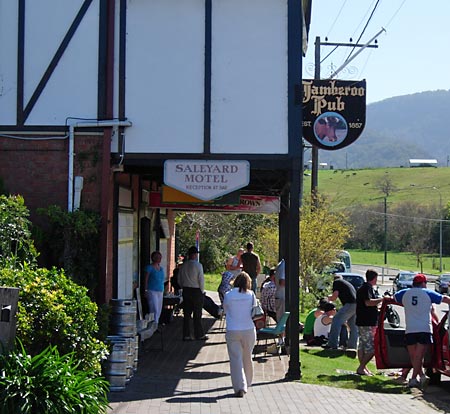
 Happy New Year, dear reader!
Happy New Year, dear reader!